Meet AirBird. The architect-designed chirping smart sensor.
Inspired by the metaphor of the canary in a coal mine, AirBird’s sensors detect C02 and humidity, and should either build up to unacceptable levels, the bird will chirp, prompting you to open a window

Air quality is something intangible but essential, something we can all agree on but can rarely quantify in a readily available way. The AirBird is a new interior gadget developed by a team of architects, data scientists and a window manufacturer, bringing three sets of specialisms together to create a device for every environment. Described as an ‘indoor climate sensor,’ the AirBird is driven by tech and data analysis from Danish studio Leapcraft, with a playful form shaped by GXN, the ‘innovation unit’ spin-off of award-winning Danish architects 3XN. Finally, the window specialists VELUX have pitched in their manufacturing expertise.
GXN has a track record of side missions to 3XN’s core projects, which include Copenhagen’s Blue Planet National Aquarium and Olympic House, the headquarters of the IOC in Lausanne, and our very own Hygge Christmas Market Pavilion in Kings Cross in 2016. GXN undertakes designs for digital systems, mapping user behaviour and studying materials, new technologies and the most sustainable approach to shaping and running a new building. AirBird is essentially a C02 sensor, an increasingly useful device that is hooked up to an app and constantly monitors the levels of C02 in your home, office or classroom. Using the grotesquely rudimentary but extremely effective metaphor of the canary in the coalmine, AirBird’s fate is less grim. Sensors detect C02 and humidity, and should either build up to unacceptable levels, the bird will chirp and flash a light, prompting you to open a window. This is no canary, but a rather more elegant and abstract origami-style bird form that’s designed to be wall-mounted or sat on a shelf.
Over the years, GXN’s research points to the fast-expanding role of live data in changing user behaviour. The simple feedback loop created by the AirBird is designed to make all the difference in productivity and general well-being, inspiring and encouraging us to make small but vital improvements to our day to day environment. A classic piece of ‘nudge design’, the arrival of a flock of AirBirds should herald a true breath of fresh air.
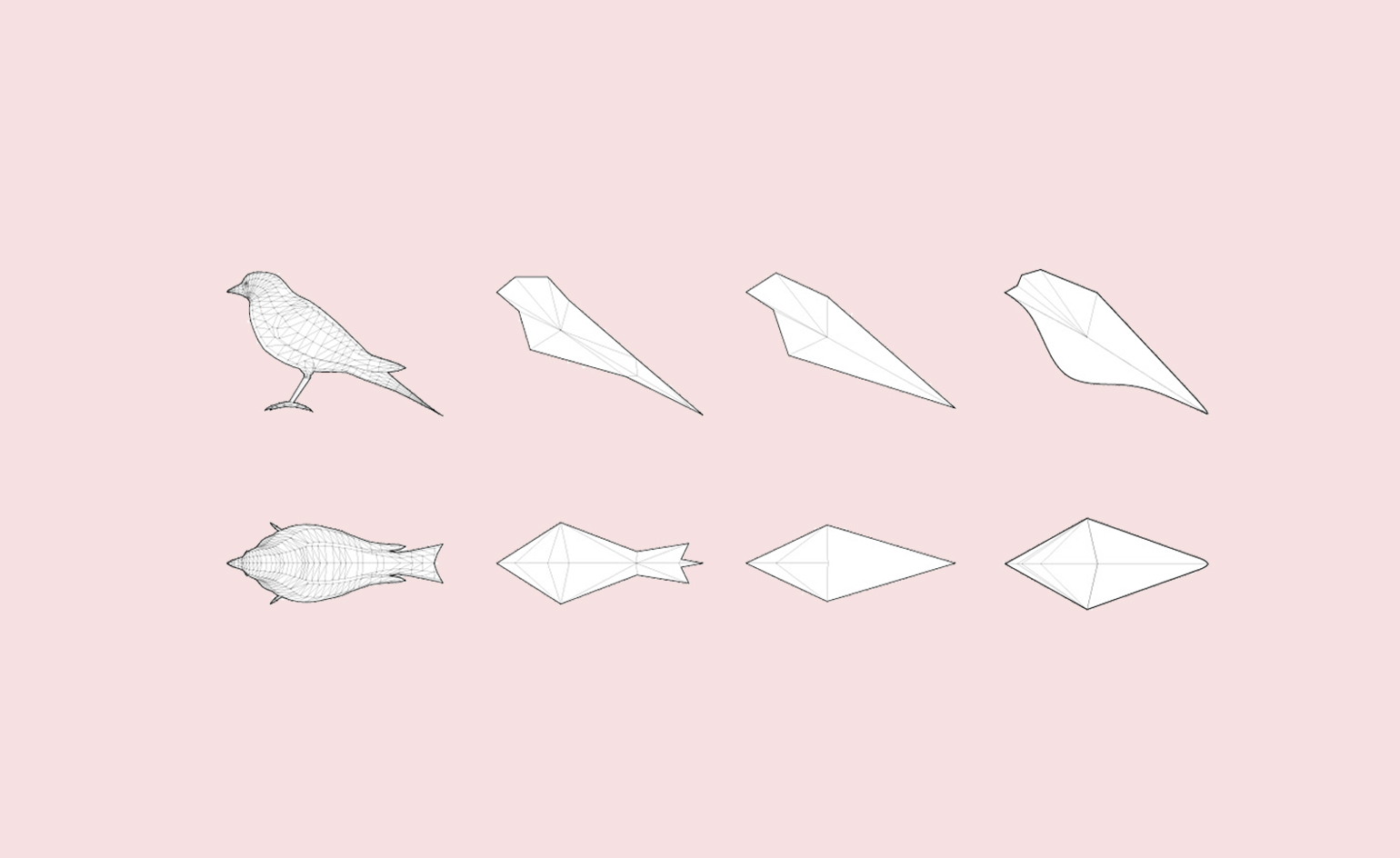
The evolution of AirBird

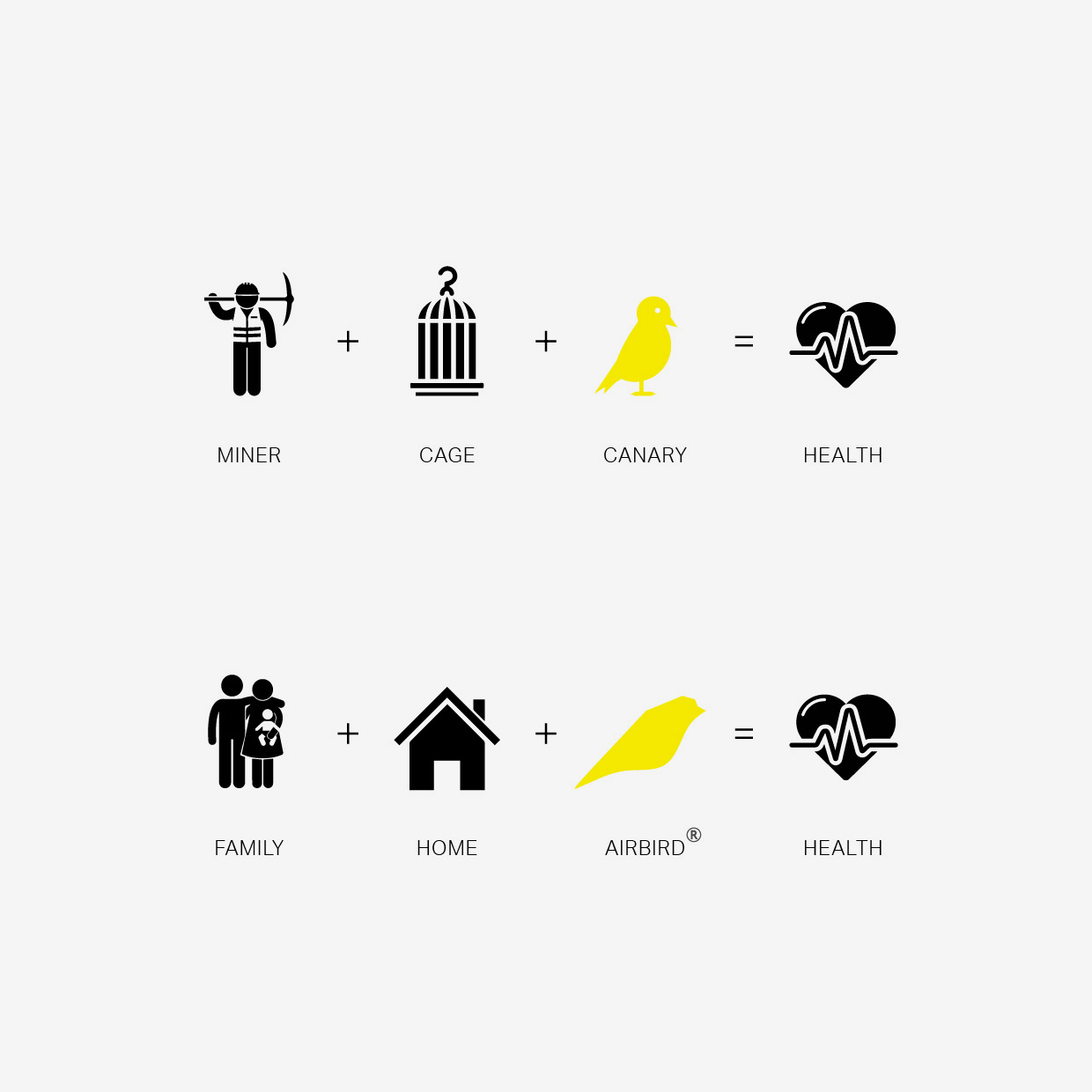
References for AirBird
INFORMATION
gxn.3xn.com
leapcraft.dk
velux.com
getairbird.com
Receive our daily digest of inspiration, escapism and design stories from around the world direct to your inbox.
Jonathan Bell has written for Wallpaper* magazine since 1999, covering everything from architecture and transport design to books, tech and graphic design. He is now the magazine’s Transport and Technology Editor. Jonathan has written and edited 15 books, including Concept Car Design, 21st Century House, and The New Modern House. He is also the host of Wallpaper’s first podcast.
-
 This designer is revitalising the lost folk tradition of Ukraine’s painted cottages
This designer is revitalising the lost folk tradition of Ukraine’s painted cottagesThrough gleaming hammered-steel panels, Victoria Yakusha is opening a dialogue about ancestral memory, craft and womanhood
-
 Lind Canvas is a new electric surfboard extending surf beyond the wave
Lind Canvas is a new electric surfboard extending surf beyond the waveSwedish minimalism meets California cool with Lind’s new electric surfboard, promising the feeling of a never-ending wave. Wallpaper* heads to the Swedish archipelago to try it out
-
 A guide to modernism’s most influential architects
A guide to modernism’s most influential architectsFrom Bauhaus and brutalism to California and midcentury, these are the architects who shaped modernist architecture in the 20th century
-
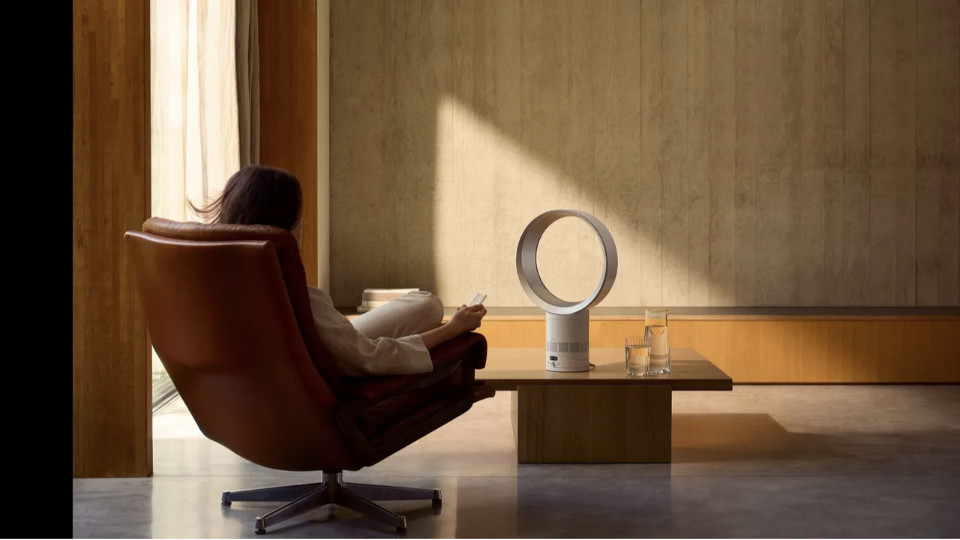 Dyson’s new Cool CF1 fan brings quiet, compact cooling into the home
Dyson’s new Cool CF1 fan brings quiet, compact cooling into the homeAn evolution of Dyson’s quest to reinvent the humble desk fan, the Cool CF1 is enhanced and updated for a new, smarter generation
-
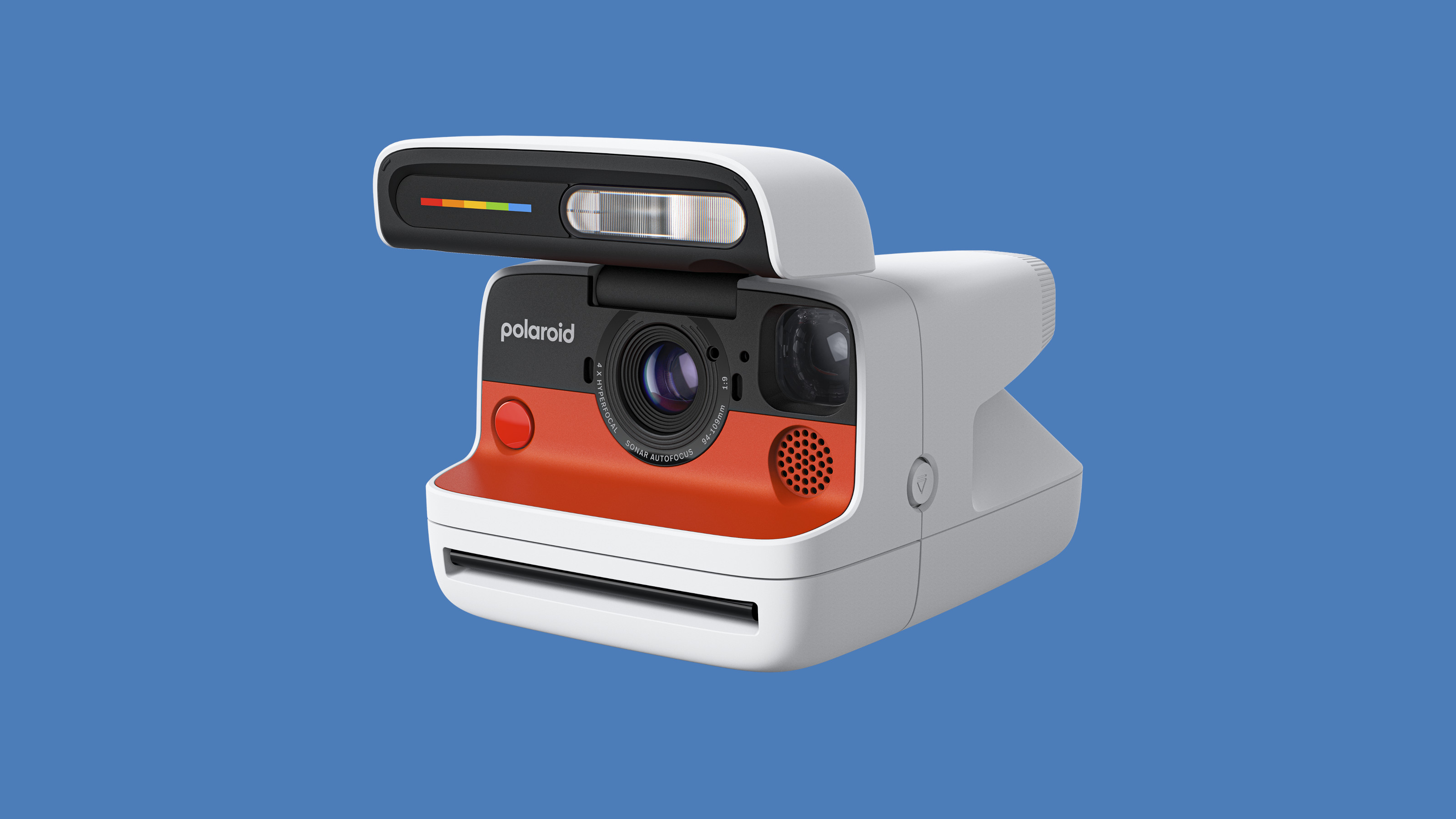 The new Polaroid Flip unfolds to bring you pin-sharp instant photography
The new Polaroid Flip unfolds to bring you pin-sharp instant photographyPolaroid announces the Flip, an instant camera that blends its evergreen film technology with better results and more control
-
 Could putting pen to reMarkable’s Paper Pro tablet make you more creative and less stressed?
Could putting pen to reMarkable’s Paper Pro tablet make you more creative and less stressed?Design Museum director Tim Marlow extols the power of ‘scribbling’, and is backed up by new research from reMarkable on the benefits of its paper tablet
-
 Clicks creates keyboard cases for iPhones – now they're also available for three Android flagships
Clicks creates keyboard cases for iPhones – now they're also available for three Android flagshipsSmartphones get a new lease of life with Clicks, which brings a Blackberry-style keyboard to today’s cutting-edge Apple and Android devices
-
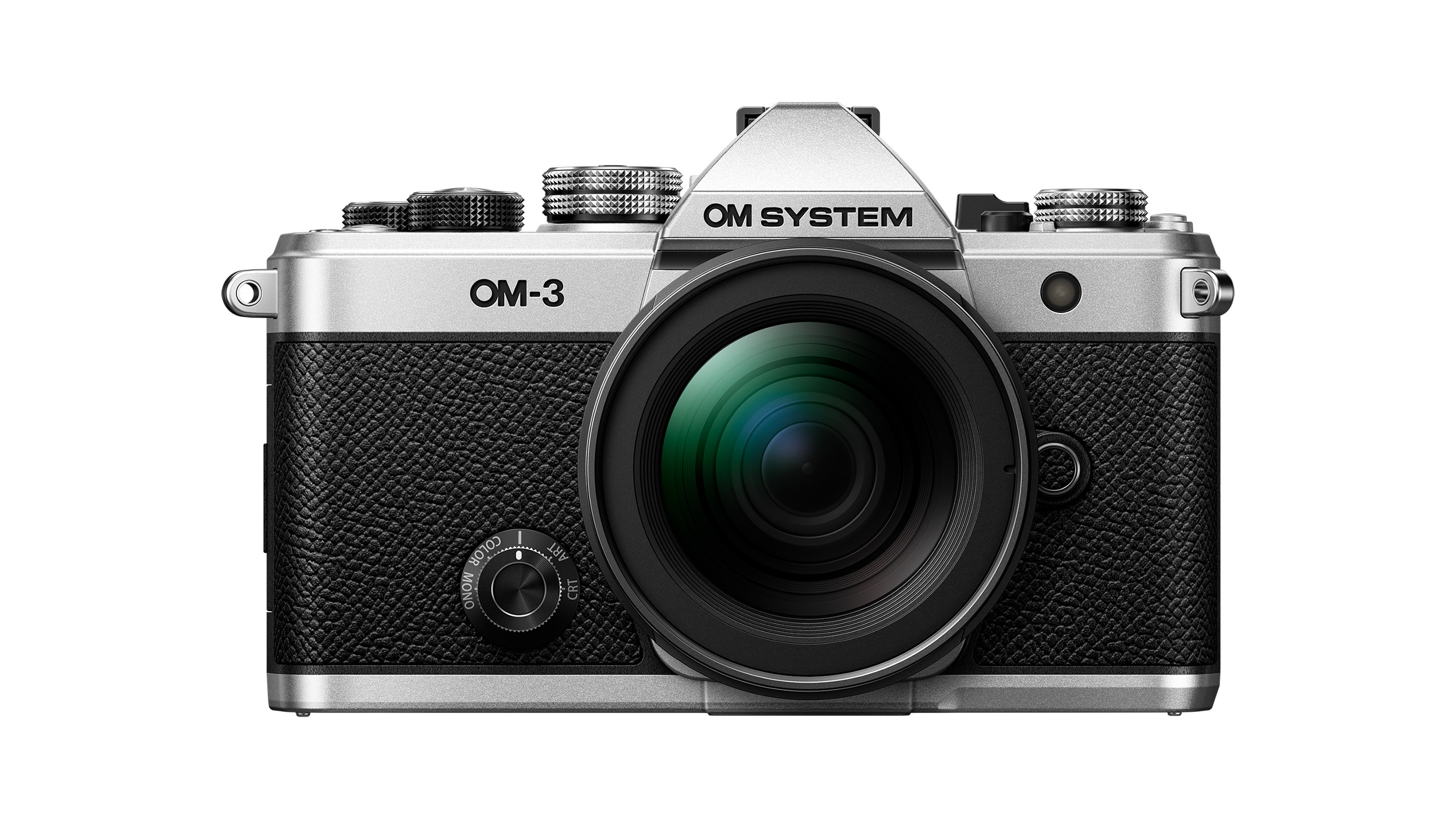 The OM System OM-3 camera blends heritage design with cutting-edge technology
The OM System OM-3 camera blends heritage design with cutting-edge technologyThe OM-3 from OM System is the newest must-have mirrorless camera design, classically styled and comprehensively equipped to create the ultimate contemporary digital camera
-
 Type without the tyranny of distractions: eight new ways to get the words out
Type without the tyranny of distractions: eight new ways to get the words outLooking for a way to divert you from doom-scrolling? This selection of eight distraction-free typing devices will keep you offline and away from the socials to help you meet that deadline
-
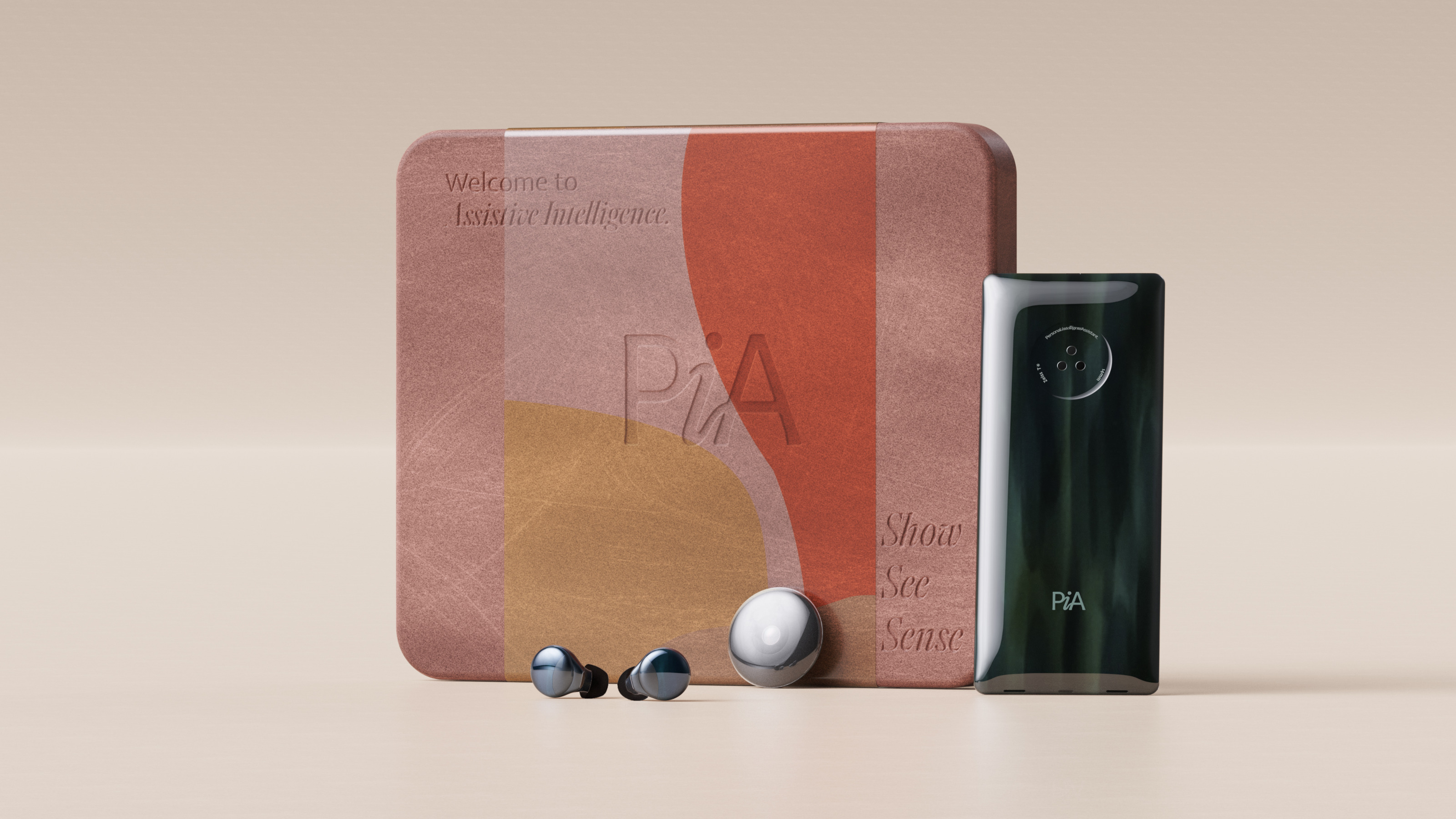 Layer conceptualises a next-gen AI-powered device: introducing the PiA
Layer conceptualises a next-gen AI-powered device: introducing the PiAPiA, the Personal Intelligent Assistant, is a conceptual vision of how AI might evolve to dovetail with familiar devices and form factors
-
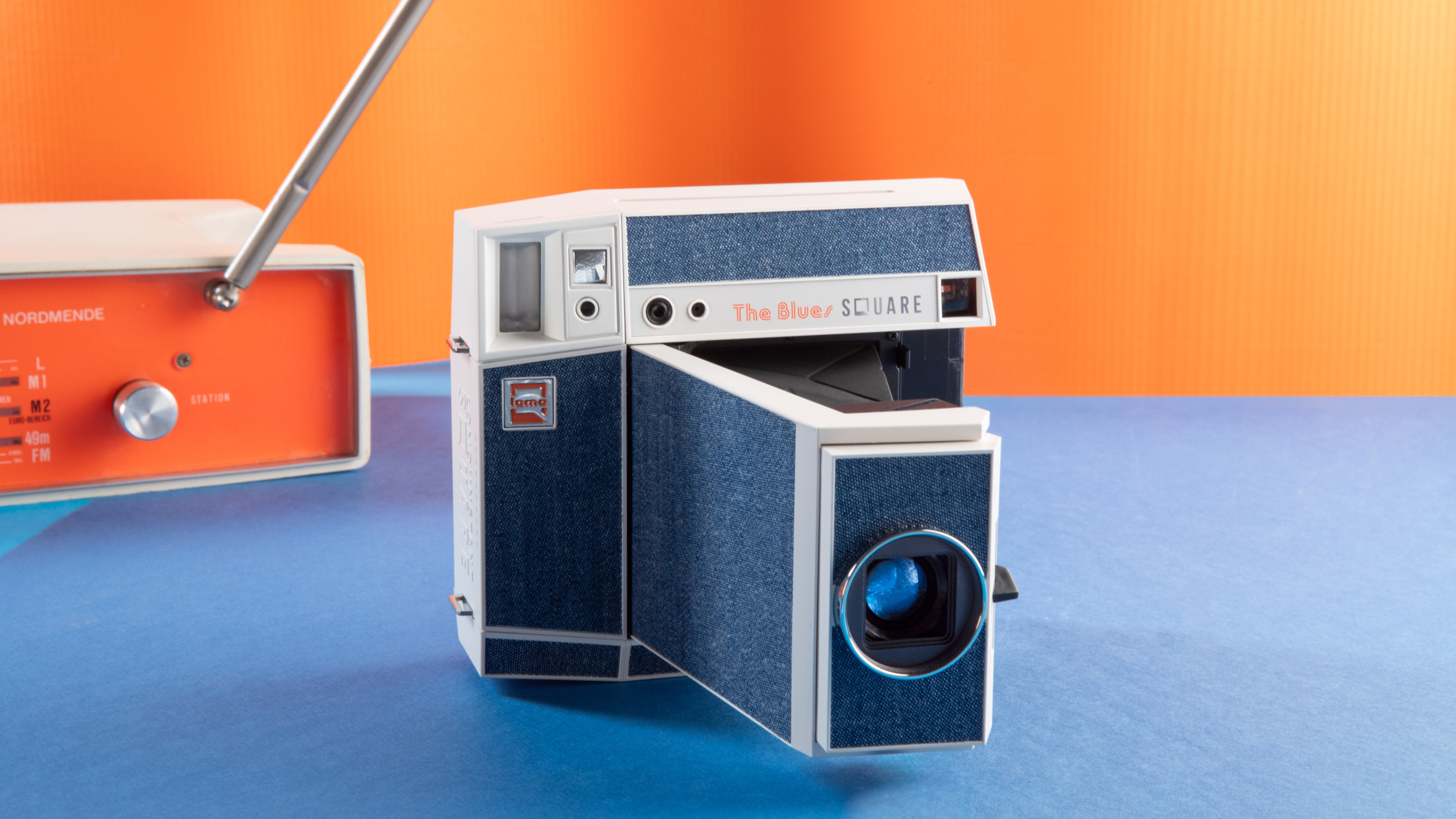 Point, shoot and process with Lomography’s two new colourful Instax camera editions
Point, shoot and process with Lomography’s two new colourful Instax camera editionsWith the Pemberley and The Blues editions, the Lomo’Instant Square Glass camera provides stylish and pocketable analogue photography